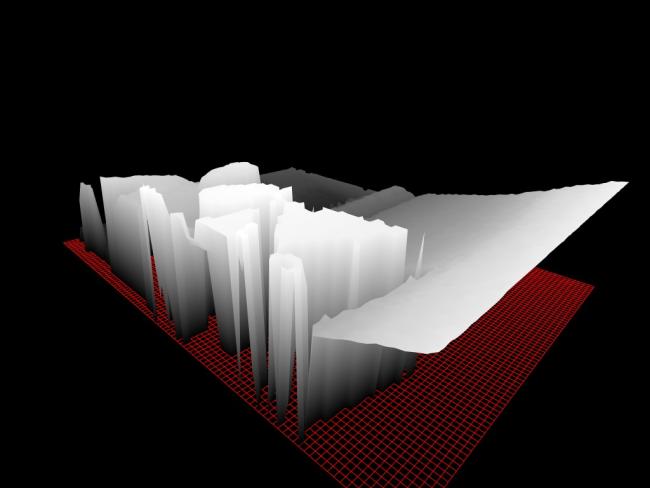Howdy, Stranger!
We are about to switch to a new forum software. Until then we have removed the registration on this forum.
Categories
- All Categories 25.7K
- Announcements & Guidelines 13
- Common Questions 30
- Using Processing 22.1K
- Programming Questions 12.2K
- Questions about Code 6.4K
- How To... 4.2K
- Hello Processing 72
- GLSL / Shaders 292
- Library Questions 4K
- Hardware, Integration & Other Languages 2.7K
- Kinect 668
- Arduino 1K
- Raspberry PI 188
- Questions about Modes 2K
- Android Mode 1.3K
- JavaScript Mode 413
- Python Mode 205
- Questions about Tools 100
- Espanol 5
- Developing Processing 548
- Create & Announce Libraries 211
- Create & Announce Modes 19
- Create & Announce Tools 29
- Summer of Code 2018 93
- Rails Girls Summer of Code 2017 3
- Summer of Code 2017 49
- Summer of Code 2016 4
- Summer of Code 2015 40
- Summer of Code 2014 22
- p5.js 1.6K
- p5.js Programming Questions 947
- p5.js Library Questions 315
- p5.js Development Questions 31
- General 1.4K
- Events & Opportunities 288
- General Discussion 365



Answers
I have found a solution. I'm using two shaders: one for the surfaces, another for the strokes but it is not optimized: I do the same calculations two times. Do you know another way to proceed ?
If "stretched" lines are not a problem, you could use a simple wireframe texture, or fragment shader behaving like on:
If you are searching for a more sofistcated solution instead, have a look into Solid Wireframe:
Btw.: Of course this can be used display quad-wires as well, but that's up to you. ;)
I get the same error on both of your examples :
Any idea ? I'm using Processing 2.2.1
That's because 2.2.1's PVector class didn't support method chaining. You'd have to split this into two operations to make it work:
But I don't think there was an attrib() equivalent back in 2.2.1...
Great examples! Thank you!